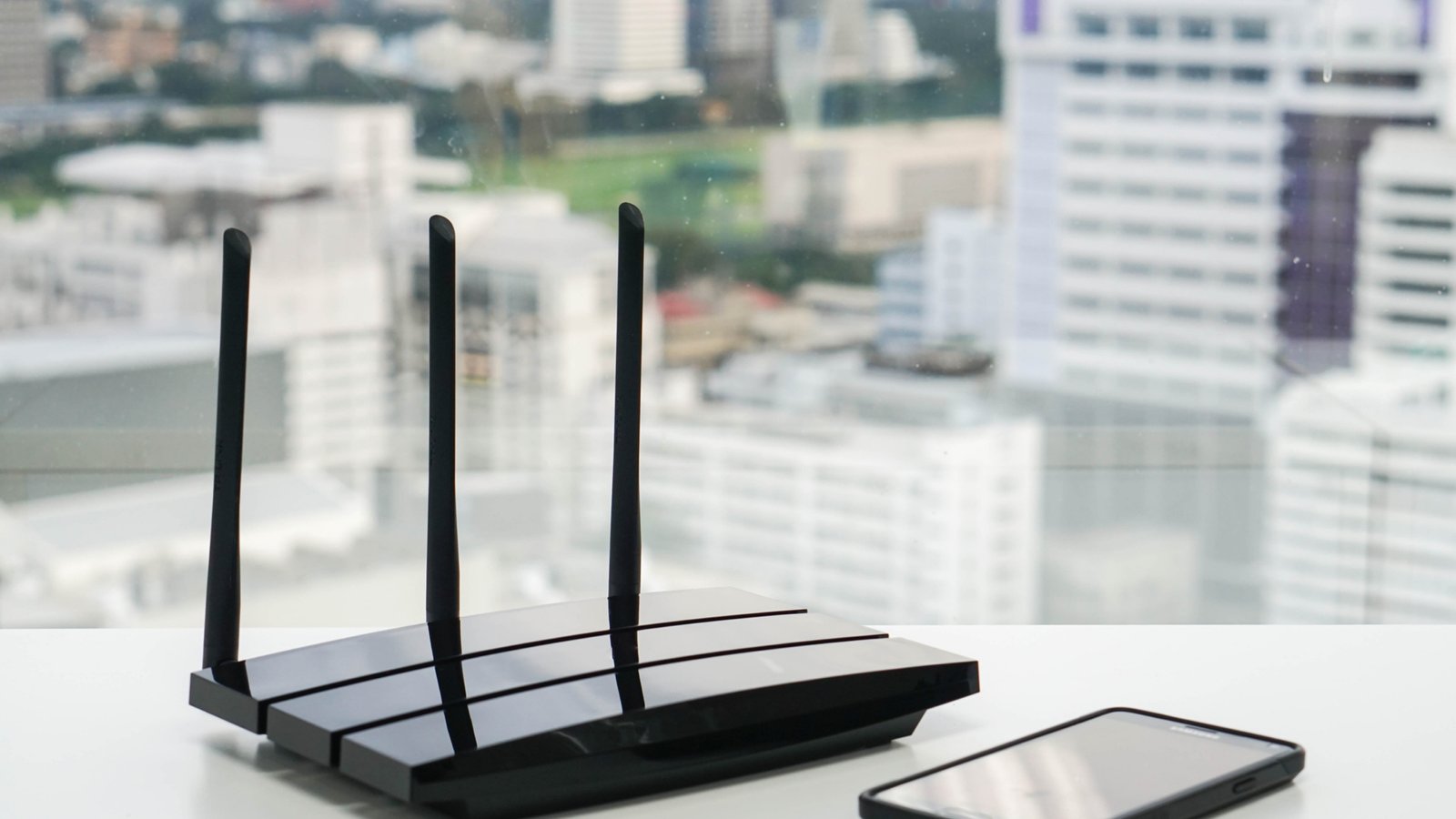In the rapidly evolving world of internet service providers (ISPs), scalability is a critical factor for success. As demand for high-speed, reliable internet grows, ISPs must ensure their networks can expand seamlessly without compromising performance. One often overlooked yet crucial component in this equation is the Customer Premises Equipment (CPE).
CPE plays a pivotal role in how ISPs manage network growth, optimize bandwidth, and enhance user experience. But how exactly does CPE contribute to ISP network scalability? And what should ISPs consider when deploying CPE to future-proof their infrastructure?
This article dives deep into the significance of CPE in ISP network scalability, exploring its impact on performance, cost-efficiency, and long-term growth.
What is CPE in ISP Networks?
Customer Premises Equipment (CPE) refers to any hardware device located at the subscriber’s location that connects them to the ISP’s network. Common examples include:
- Modems (Cable, DSL, Fiber)
- Routers (For Wi-Fi and wired connections)
- Set-top Boxes (For IPTV services)
- ONTs (Optical Network Terminals) (For fiber-optic connections)
CPE acts as the bridge between the ISP’s core network and the end-user, making it a critical component in service delivery.
How CPE Enhances ISP Network Scalability
1. Reducing Network Congestion with Smart CPE
As more users join an ISP’s network, congestion can lead to slower speeds and dropped connections. Modern CPE devices come equipped with:
- Quality of Service (QoS) features – Prioritizing critical traffic (e.g., video calls over casual browsing).
- Bandwidth management – Allocating resources efficiently to prevent bottlenecks.
By intelligently managing traffic, CPE helps ISPs scale their networks without overloading infrastructure.
2. Enabling Faster Deployments with Plug-and-Play CPE
Traditional CPE setups often require manual configuration, slowing down ISP expansions. Today, zero-touch provisioning (ZTP) allows ISPs to:
- Automatically configure new CPE devices remotely.
- Reduce on-site technician visits, cutting deployment costs.
This plug-and-play capability ensures ISPs can scale rapidly, especially in high-growth areas.
3. Supporting Next-Gen Technologies (Wi-Fi 6, 5G, IoT)
Legacy CPE can become a bottleneck when ISPs upgrade to advanced technologies like:
- Wi-Fi 6 – For higher speeds and better multi-device handling.
- 5G Fixed Wireless Access (FWA) – Expanding coverage without fiber.
- IoT and Smart Home Integration – Managing dozens of connected devices per household.
Upgradable CPE ensures ISPs stay competitive as technology evolves.
4. Improving Network Diagnostics & Remote Management
A scalable network requires proactive maintenance. Modern CPE solutions offer:
- Real-time monitoring – Detecting issues before users complain.
- Remote troubleshooting – Reducing truck rolls and operational costs.
- Self-healing capabilities – Automatically rebooting or reconfiguring to fix problems.
These features allow ISPs to maintain service quality even as subscriber numbers grow.
5. Cost-Effective Scalability with Cloud-Managed CPE
Cloud-based CPE management solutions (like TR-069 or OpenSync) enable ISPs to:
- Centrally manage thousands of devices from a single dashboard.
- Roll out firmware updates seamlessly without user intervention.
- Analyze usage trends to optimize network planning.
This reduces operational overhead, making large-scale deployments sustainable.
Challenges in CPE Deployment for Scalable Networks
While CPE is a scalability enabler, ISPs must navigate challenges such as:
- Device compatibility – Ensuring CPE works with existing infrastructure.
- Security risks – Protecting against vulnerabilities in CPE firmware.
- Subscriber education – Helping users optimize their home networks.
Choosing the right CPE vendor and adopting standardized protocols (like TR-369 or EasyMesh) can mitigate these risks.
Future Trends: CPE’s Evolving Role in ISP Growth
As ISPs push toward 10G networks, fiber-to-the-home (FTTH), and smart cities, CPE will play an even bigger role in:
- AI-driven optimization – Predicting and resolving network issues automatically.
- Edge computing – Processing data closer to users for lower latency.
- Modular CPE designs – Allowing hardware upgrades without full replacements.
ISPs that invest in future-ready CPE will gain a competitive edge in scalability.
Conclusion
CPE is far more than just a “dumb box” at the customer’s home—it’s a strategic asset for ISP scalability. By leveraging smart, cloud-managed, and upgradable CPE solutions, ISPs can:
✔ Reduce congestion with intelligent traffic management.
✔ Accelerate deployments through automation.
✔ Support next-gen technologies without costly overhauls.
✔ Cut operational costs with remote diagnostics.
For ISPs looking to scale efficiently, the right CPE strategy is not optional—it’s essential.
